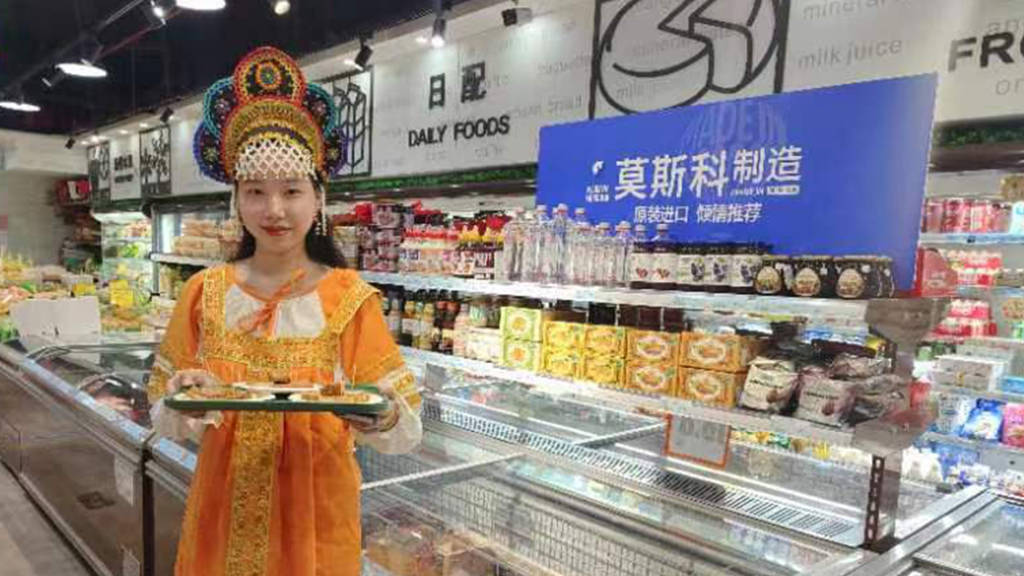Copying someone is a form of flattery, however Chinese authorities are having to crack down on counterfeit Russian goods being sold in the country, a dubious form of cultural appreciation and one that somewhat inevitably goes with strengthening trade ties.
The moves follow a rising number of complaints from consumers about the quality and authenticity of products sold at the so-called “Russian Goods Pavilions” springing up in Shanghai, with the local government launching an investigation.
Interest in traditional Russian products has recently surged in China amid growing popular support for Russian goods. Bu concerns over counterfeits have lead the Shanghai Municipal Market Supervision Bureau to make two rounds of inspections since December 23. A total of 47 shops were inspected, with six suspected of illegal activities. The alleged violations include operating without a license and false advertising; however the aim is to stop counterfeit products.
According to Zhang Shuyan, a senior official from the Huangpu District Market Supervision Office, many stores sell both imported and domestic goods. Domestic goods often have labels in Russian alongside Chinese labels, making it difficult for consumers to determine their origin. Although some stores have made corrections, the practice of misleading consumers persists. Some stores resort to “bait and switch” tactics, while others export domestic goods to Russia only to re-import them and pass them off as Russian.
These include Chinese-made matryoshka dolls, as well as more serious violations, including counterfeit Russian snacks, beverages, and cosmetics, in addition to Russian-branded and Cyrillic-labeled consumables and household goods.
In 2018, China launched a nationwide systematic crackdown on counterfeit food and medicine as fake products have already caused fatalities. A few years ago, Chinese prosecutors say six infants died and nearly 300,000 children became seriously ill after melamine was found in counterfeit milk powder. China has also imposed strict quality controls on imported food and other goods such as electrical equipment. Enterprises found to be selling counterfeit products face heavy fines and other penalties ranging from suspension of operations to criminal penalties.
The Chinese consumer market is also moving away from previously popular Western brands as consumers become increasingly dissatisfied with how the country is portrayed in the West, especially on sensitive issues such as democracy, human rights, relations with Taiwan, increased tariffs on Chinese products and the threat of sanctions. As a result, consumer trends are shifting, opening up the market for new products. Trade with countries that do not constantly criticize China is growing.
China’s middle class consumer base is one of the largest in the world at about 500 million and is growing at about 10% per annum. According to Trading Economics, Russia is now the fifth largest supplier of consumer products to China with 5.5% of the total market. The United States leads with 7% of the total, followed by South Korea, Japan, and Australia. Also in the mix are Brazil (5.2%) along with other BRICS partners Malaysa, Vietnam, Indonesia, Saudi Arabia, the UAE and South Africa all in the top 15.
Further Reading
Chinese Imports Of Russian Plastics Increase 7.44% In November: Implications For China EV Production





